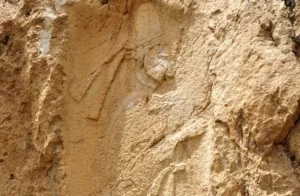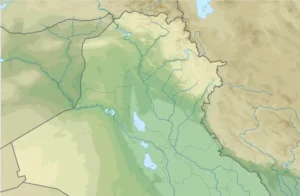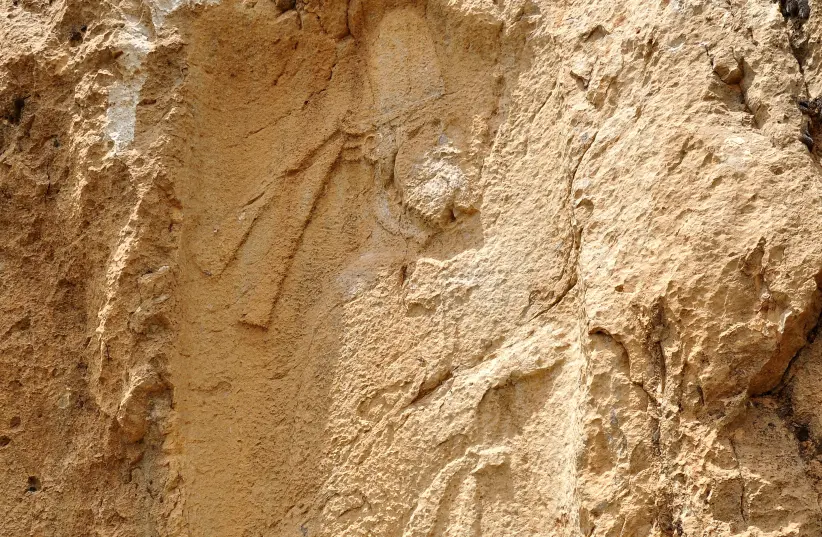Archaeologists identified structures that indicate that the site may have been used for military purposes, as well as a complex that may have been dedicated to the Zoroastrian goddess Anahita.

The mountain fortress of Rabana-Merquly in Iraqi Kurdistan was a major center of the Parthian Empire, which existed in parts of Iran and Mesopotamia 2,000 years ago, a new study found.
The study, published in Antiquity journal on Wednesday, was led by Dr. Michael Brown from the Institute of Prehistory, Protohistory and Near-Eastern Archaeology at Heidelberg University.
According to the university, an international team studied archeological remains at the site during excavations conducted in 2009 and from 2019 to 2022.
The team identified structures that indicate that the site may have been used for military purposes, as well as a complex that may have been dedicated to the Zoroastrian goddess Anahita.
Furthermore, rock reliefs at the entrance to the fortress and the location of the fortress near the Lower Zab River were found to be significant.

“The considerable effort that must have gone into planning, building, and maintaining a fortress of this size points to governmental activities.”
Dr. Michael Brown, Institute of Prehistory, Protohistory and Near-Eastern Archaeology, Heidelberg University
Brown said that the reliefs may depict the city’s founder Natounissar.
Lost city
The researchers speculate that Rabana-Merquly could be the lost city of Natounia, which has only been documented on several coins from the first century B.C.E.
“The considerable effort that must have gone into planning, building, and maintaining a fortress of this size points to governmental activities,” Brown said, according to the university.

